Diamonds: More Than Just Sparkle and Shine – Science Too!
You are probably aware that diamonds are used for purposes other than jewelry. Because diamonds are so hard and durable, they are ideal for grinding, cutting, drilling, and polishing. When used as an abrasive, very small pieces of diamond are embedded into grinding wheels, saw blades, or drill bits. Diamonds are also believed to enhance the performance of high quality speakers. Because diamonds are a very stiff material, they can vibrate rapidly when made into a thin dome without the deformation that can degrade sound quality. They are used for the engraving of stones made of granite, quartz, and other very hard materials. Because diamonds will not break or even scratch against the surfaces of other tough stones, using them for engraving is quite practical as the work can be completed without having to worry about replacing the engraving bit.

Diamond Drill Bit
Recently, diamonds made the cover of “Science” magazine thanks to Evan Smith, a postdoctoral research fellow at the Gemological Institute of America specializing in diamond geology. He led a team of researchers who studied inclusions in more than 50 Type IIa diamonds to uncover clues about Earth’s geology and back up a theory that geologists have been working with for more than a decade.
Smith’s work focuses on characterizing inclusions seen in rare types of diamonds to help us better understand how diamonds form and what they mean for the evolution of the planet. Big rough diamonds, like those in recent headlines, tend to be irregular in shape, not a nice, symmetrical octahedron like so many smaller stones. They often have a surface that’s rounded and somewhat dissolved, “almost like a lollipop after someone’s been after it for a while,” Smith said.

Evan Smith
Type IIa diamonds, stones that are similar to well-known diamonds like the Cullinan, the Koh-i-Noor and the more recently discovered 812.77-carat “Constellation” have very little to no nitrogen, which is what gives them their high color and clarity. What Smith and other researchers found after examining stones (and one Type Iab), and their off-cuts, is that in nearly three-quarters of the diamonds (38 out of 53), the inclusions weren’t, as long believed, graphite but metallic, a solidified mixture of iron, nickel, carbon and sulfur. The offcuts–many of which came from Letšeng in Lesotho, the same mine that produced the rough diamond cut to create the incredible 118.78-carat “Graff Venus”–were key to the study because the researchers could polish them to get a better look at the inclusions, something that they, obviously, could not do with the other diamonds.

The Constellation
Smith said that this verifies what geologists have been theorizing for 10 or more years: that the Earth’s deeper mantle environment has a “light peppering” (up to 1 percent) of metallic iron. Inclusions within the other 15 diamonds contained silicate minerals such as garnet. That’s likely a sign that those gems formed at depths between 360 and 750 kilometers, in particular because at pressures higher than those found at 750 kilometers garnet minerals aren’t stable. Later, those gems were carried to the surface in sudden eruptions via processes scientists don’t yet fully understand. Those eruptions leave behind tubular deposits, called kimberlites, which are the ultimate source of most of Earth’s diamonds.
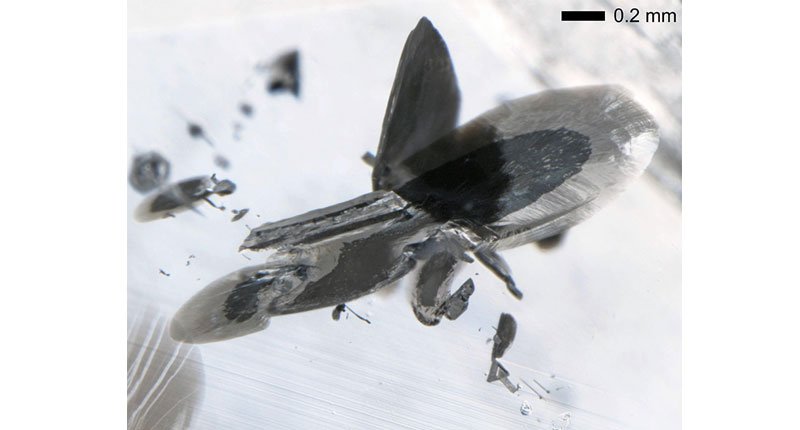
A close-up of a metallic inclusion in a diamond, which is silver in appearance and surrounded by a black, graphite-bearing decompression crack (Photo credit: Evan Smith, ©GIA)
This understanding is important because it changes the way scientists think about how different elements, like carbon, nitrogen and sulfur, are distributed. It also has broad implications for understanding the behavior of the deep Earth, including the recycling of surface rocks into the convecting mantle.

Tiny blobs of material trapped inside large, clear diamonds (such as this one) as they formed suggest the gems formed within pockets of liquid metal deep within Earth. Nemesis International DMCC (Donald Woodrow photographer)
Interested in more stories like this?
Follow us on Facebook. Follow us on Twitter.
We send a monthly newsletter with clips to our favorite News & Events stories. Subscribe today.
[salesforce form=”2″]

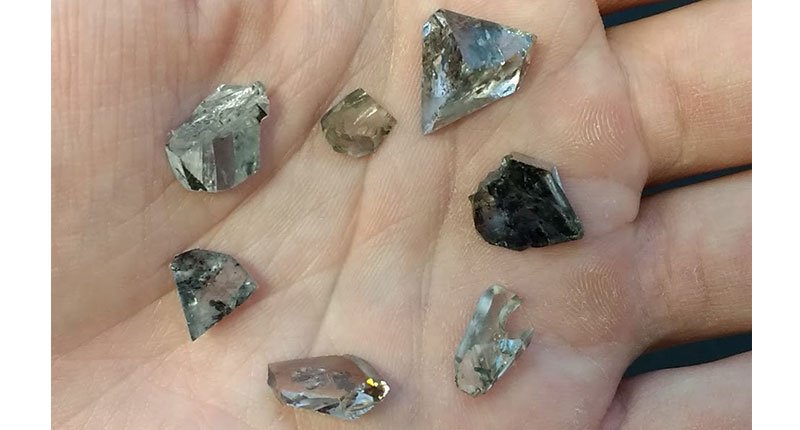
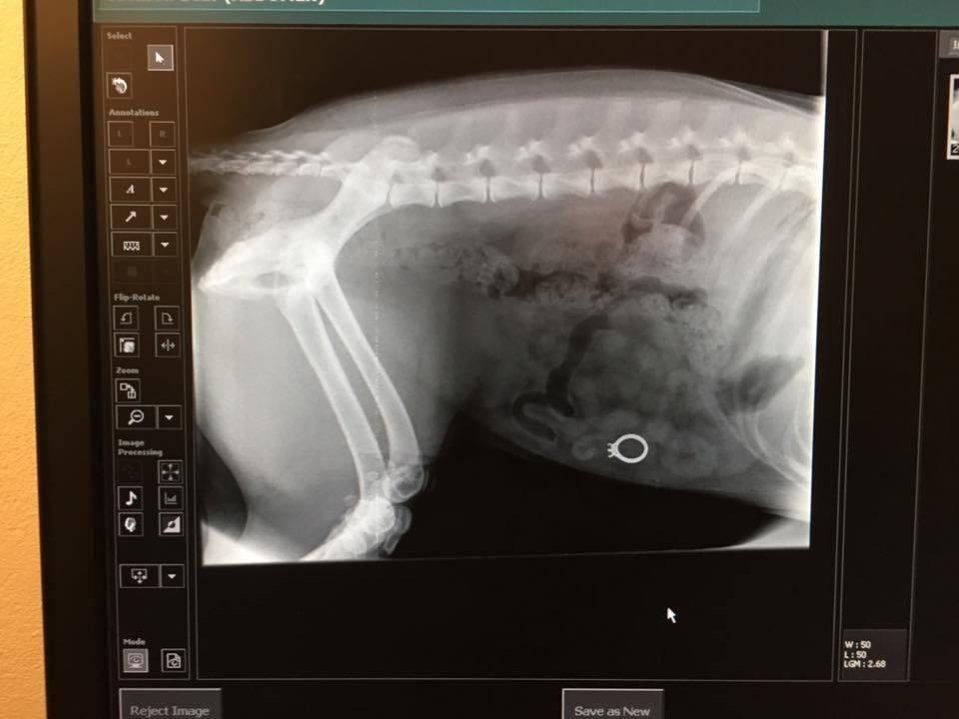
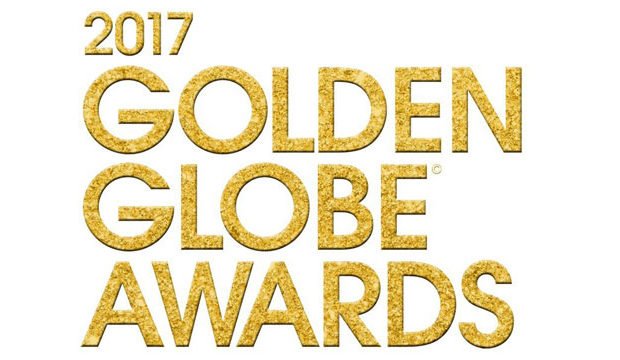

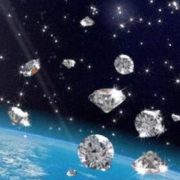
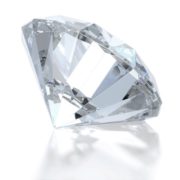


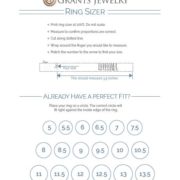


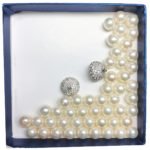
I found it interesting when you talked about diamonds and their different uses. Recently, I’ve become interested in diamonds and how they’re made. I want to propose to my girlfriend soon, and I need to find the perfect diamond cut for her, so I want to learn everything I can about them. I appreciate your information about diamonds and their evolution.